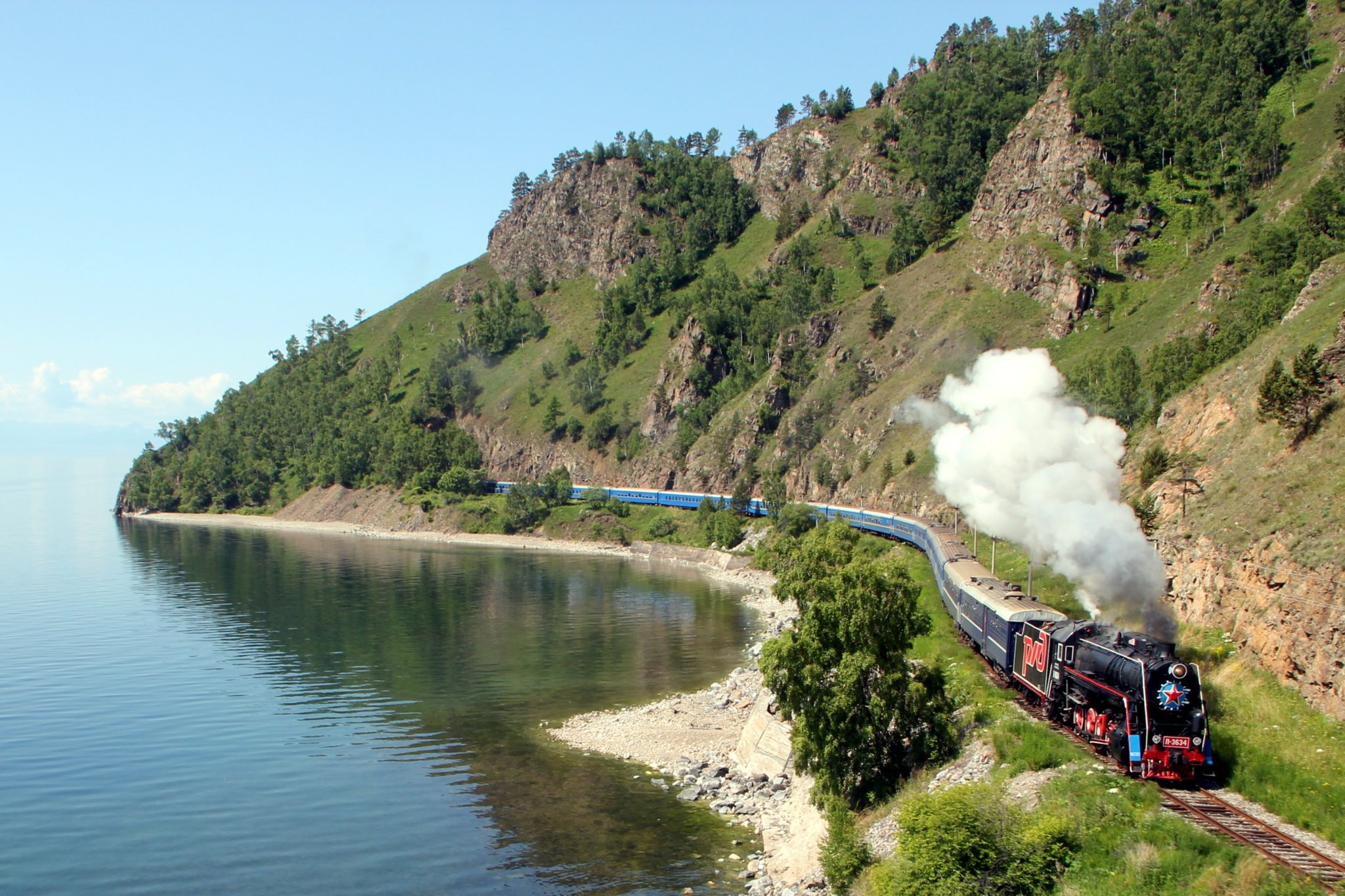Planning Your Trip
When planning to visit Antarctica, one of the most important factors to consider is how you will get there. Most tourists arrive in Antarctica via ships that sail south from southern South America, embarking from ports in Chile or Argentina. polar expedition cruise companies offer all-inclusive voyages that allow multiple stops and landings on the frozen continent over the course of a week or longer. Shorter trips of 5-7 days are sufficient to get a taste of Antarctica, while multi-week voyages offer more time to explore. If your budget allows, flying directly into Antarctic research stations such as McMurdo Station or the South Pole Station provides the deepest access into the interior. It’s also important to research the season you wish to travel. Late Austral spring (October-November) and early summer (December-February) are the peak seasons with the warmest weather and longest hours of daylight. However, summer voyages book up fastest. Shoulder season trips in late autumn or early spring have fewer crowds but colder temperatures and risk of ice. Flexibility in travel dates can help secure better voyage pricing and availability.

Onboard Expedition Cruises
Expedition cruises provide the easiest way to visit multiple areas of Antarctica while enjoying onboard amenities. Cruise sizes tend to be small, ranging from 100-200 passengers, fostering an intimate experience. Ship staff includes expert guides, lecturers, and pilots well-versed in navigating ice-filled polar waters. Each day consists of landings, either by Zodiac boats directly from the ship or larger boats for sites further ashore. Landings offer incredible up-close views of wildlife like penguins, seals, and sometimes whales. Passengers can go ashore for short periods to experience the pure beauty, immense scale, and geologic wonders of the ice. Lectures provide insight into Antarctica’s history, climate change impacts, and ongoing scientific research. Onboard, passengers find comfortable cabins, lounges, a dining room serving hearty polar cuisine, and opportunities to socialize with other travellers from across the globe. Multi-week voyages may spend prolonged periods exploring specific regions like the Antarctic Peninsula.
Working in Antarctica
For those seeking a truly immersive Antarctica experience, working at a research station provides that and more. Major stations run by the United States, China, Australia, Russia and other countries hire seasonal support staff through contracting companies like NANA Services. Jobs include professional chef, electrician, heavy equipment operator, firefighter and more. Living alongside scientists conducting pioneering research offers insider Antarctic access year-round. The application and hiring process differs per country but typically requires specialized skills, certifications or experience relevant to the role. Competition for jobs is high. but rewards include a once-in-a-lifetime opportunity to call Antarctica home during the austral summer and make lifelong friends. Simple station amenities and isolated living conditions require mental toughness. However, for the right candidate, working in Antarctica provides the most in-depth Antarctic life experience possible. Volunteering and internships may also represent initial work opportunities.
Visiting the Antarctic Peninsula
The Antarctic Peninsula provides the easiest region to access by ship due to its proximity to southern South America. Cruise itineraries commonly dedicate multiple days exploring its granite coastlines, glaciers and islands teaming with wildlife. Landing sites offer incredible close-up animal viewing. In Anvers Island, chinstrap penguin colonies congregate by the thousands along rocky shores. Nearby Port Lockroy harbors a historic British station-turned-museum, surrounded by gentoo penguins that will snatch snacks directly from human hands. Further north, Neko Harbour shelters humpback and minke whales feeding amongst towering icebergs. The Lemaire Channel squeezes between glaciers calving majestic blue icebergs, and Paradise Bay welcomes passengers to step ashore among charming gentoo colonies. Scarred granite cliffs indicate past glacial retreat due to climate change.
Exploring the South Shetland Islands
Venturing further north along the Antarctic Convergence provides opportunities to spot different wildlife in the sub-Antarctic South Shetland Islands. Deception Island’s collapsed volcanic caldera creates a spectacular natural harbor for wildlife viewing. Along rocky coastlines, brown skuas and Antarctic shags nest amidst turquoise waters rich in krill. Nearby Half Moon Island shelters a different penguin colony dominated by playful chinstraps and braying gentoos. Zodiacs weave between ice-crusted islets thick with huge southern elephant seals, their pups mewling for attention. Not far from the more northerly Joinville Island, passing ships may spot enormous humpback whales breaching. Cruising these reaches provides diversity with changing scenery and sights rarely seen closer to the Antarctic mainland.
Exploring East Antarctica
For the longest voyages spending several weeks exploring inland Antarctica, destinations venture further east and south. The Wilkes Land Coast along eastern Antarctica remains icebound even in summer, the forbidding terrain and glaciers indicating winter’s imminent approach. Few opportunities exist to go ashore, instead enjoying wildlife viewing from Zodiacs bobbing amid chunks of bleached blue icebergs. Deeper explorations may reach the massive Vincennes Bay, home to the largest emperor penguin rookery on the continent. Zodiacs float discreet distances observing these unique birds maintaining their annual breeding cycle. Further east, the striking geologic formations along the Prydz Bay Coast provide insights into Antarctica’s formation and evolution over eons. Opportunities to set foot on these remote, pristine coastlines are rare privileges for dedicated expeditioners braving Antarctica’s interior.
Lasting Impressions of the White Continent
For most visitors, a once-in-a-lifetime visit to Antarctica leaves lasting impressions of immense natural beauty, a vast wilderness and its iconic wildlife surprisingly unafraid of human onlookers. Whether enjoyed from the deck of an expedition ship or living among research stations, Antarctica offers perspectives on our planet that expand us as individuals. Its scale reaffirms humanity’s small role on Earth, yet witnessing climate impacts firsthand inspires renewed care for Antarctica’s delicate environment and creatures. Most visitors return home changed with a profound respect for Earth’s southernmost continent. For fortunate few, the continent’s unique allure calls them back for a deeper connection to this incredible place.

 Travel along the Trans-Siberian Railway
Travel along the Trans-Siberian Railway